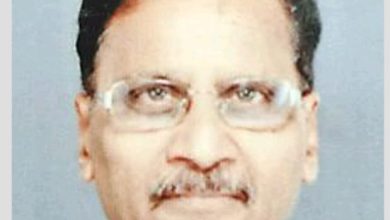Selective Treatment of Disabled in Courts

Yash Pal Ralhan
The recent incident in the Supreme Court where a lawyer brought his paralyzed and wheelchair-bound client to court without any mandate to do so has raised concerns about the selective treatment of disabled individuals in courts. While the court reprimanded the lawyer for his actions, the incident brings to light the question of whether such kindness and consideration are shown to all disabled individuals in the judicial system, or is it a selective approach. The judiciary and society at large should appreciate the efforts of differently-abled individuals. However, the treatment of the disabled in courts is not always equal. Disabled individuals often face numerous barriers in accessing justice. Physical barriers in courtrooms, lack of access to assistive technology, and inadequate training of legal professionals on disability issues all hinder equal participation in the judicial process. The Supreme Court has taken some steps to make the judicial system more accessible to the disabled. In 2018, the Court issued guidelines to make courtrooms more accessible to people with disabilities. The guidelines include measures such as installing ramps, handrails, and audio-visual aids, among others. The Court has also directed High Courts to identify cases involving disabled persons and accord priority to them in the hearing. However, these steps are not enough, and much more needs to be done to ensure the equal treatment of the disabled in the judicial system. While the Supreme Court guidelines are helpful, they are not always followed, and many disabled individuals still face significant barriers in accessing justice. In many cases, disabled individuals are not provided with the necessary accommodations, such as sign language interpretation, assistive technology, or even a simple ramp to access the courtroom. Furthermore, disabled individuals are often not taken seriously in the judicial system. Judges and lawyers may assume that disabled individuals lack the capacity to understand legal proceedings or may be dismissive of their claims. This attitude reflects a lack of understanding of disability issues and perpetuates discrimination against the disabled.
In my personal experience, I have faced numerous challenges in accessing justice due to my disability. I have been denied access to courtrooms due to the lack of ramps, and I have not been provided with necessary accommodations such as sign language interpretation. In some cases, lawyers and judges have dismissed my claims or assumed that I lack the capacity to understand legal proceedings. The treatment of disabled individuals in the judicial system must be a priority for the legal profession, the judiciary, and society at large. All stakeholders must work together to ensure that disabled individuals have equal access to justice and are treated with respect and dignity. This can be achieved by increasing awareness of disability issues among legal professionals, implementing measures to make courtrooms and legal proceedings more accessible, and ensuring that the disabled are accorded the same rights and privileges as non-disabled individuals. While the recent incident in the Supreme Court where a lawyer brought his disabled client to court without any mandate to do so is a cause for concern, it highlights the need for greater attention to the treatment of the disabled in the judicial system. The legal profession and society at large must work together to ensure that disabled individuals have equal access to justice and are treated with respect and dignity.
======






